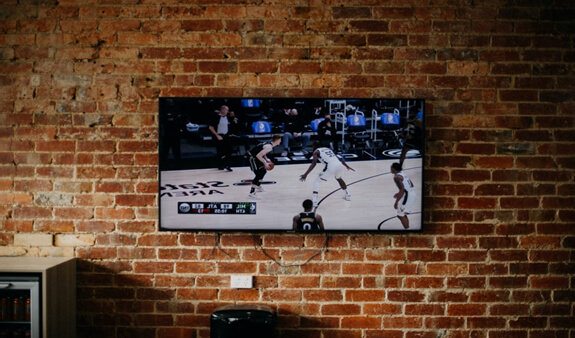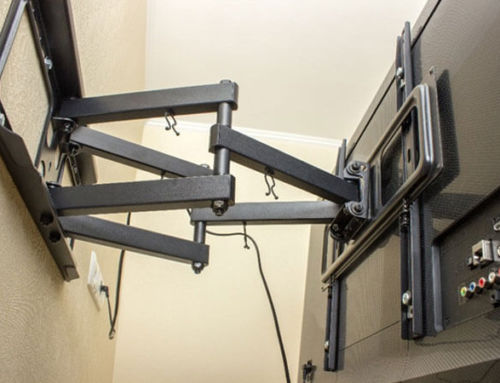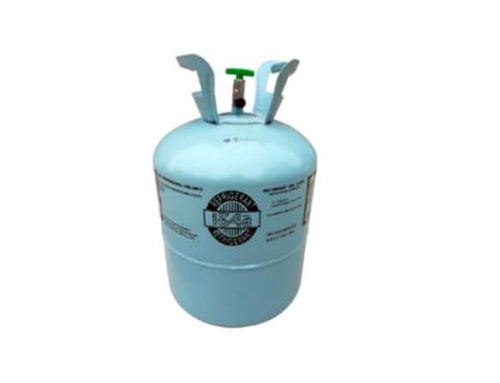When you first buy a TV, you want to hang it on wall opposite big sofa in living room. But there will be a question: can this wall bear this load? So, the most important thing to consider when installing a TV is whether your wall can support it. Even the most modern and lightest TV is heavier than your biggest TV brackets. Because of this, the position you choose on the wall will require one (or two) studs to secure the screws.
Use the stud finder to find the studs on the wall to determine the hanging position of the TV. Don’t try hanging it with an anchor on drywall. Eventually, the anchor will be pulled over the drywall and your TV will fall to the floor. Usually, most of the walls in our house are strong enough to hold heavy objects such as TV. Even if they are non-load bearing walls, they can be used to install televisions as long as they have a structure that provides internal strength under the plaster of dry walls or wooden beams, bricks or blocks. The basic concept of hanging heavy objects on the wall is to transfer the load of TV to the wall through screws, while ensuring that the screws themselves maintain their position on the wall. However, except for studs, screws themselves cannot be fixed on dry or solid walls. Anchors help secure these screws in dry and solid walls.
Is your wall strong enough for supporting a TV?
Any wall with wood nails or solid walls of brick, concrete or blocks is strong enough to install a TV. If you install it on a wall with wooden studs, you can install the TV safely by directly screwing in the studs. If you try to hang the TV on a dry wall without screwing in the studs, make sure you are using snap-fastener. However, for TVs with screen sizes larger than 50 “, dry wall hanging should be avoided. Finally, if you plan to install the TV on a solid wall of brick, concrete or block, your TV should be safe as long as you use sleeve anchors. The following are the specific installation methods for these three walls.
Install on the wall with wooden studs
When you install a TV on the wall, if the wall has an internal frame of a wooden studs and a dry wall covering it, you must always try to install it on the wooden studs. As long as the TV is installed on the stud, the stud will bear the load of the TV. They will not give way to the forces exerted by the hanging TV, and your TV is safe and reliable. To install the TV on the studs, the location of the studs must be found under the drywall. You can find the same result by using an electronic stud detector. Another method to determine the position of studs is to use a tape measure and mark the distance of 12 “, 16” and 24 “on the wall at the corner. After marking, try tapping near the mark. Generally, the distance between continuous studs is 16 “or 24”. At the position of the stud, you will hear a solid sound.
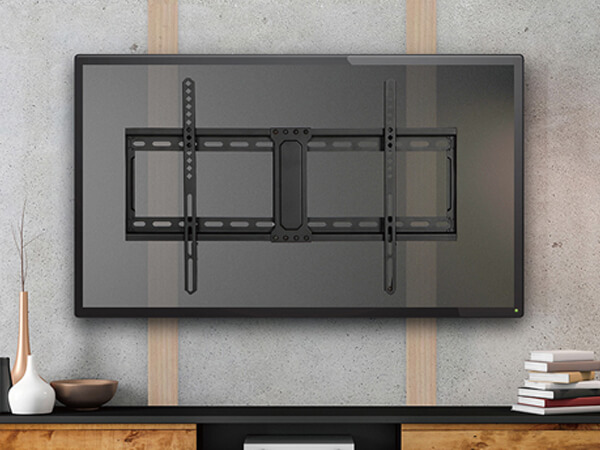
Installed on dry wall without studs
Sometimes, your TV is installed in a location where there are no studs behind the drywall. In this case, you need to hang up the TV with the help of the snap-fastener. Dry wall anchors can safely withstand up to 40 pounds (18-19 kg). In other words, the maximum size of TV installed on dry wall should be 50 “- 55”.
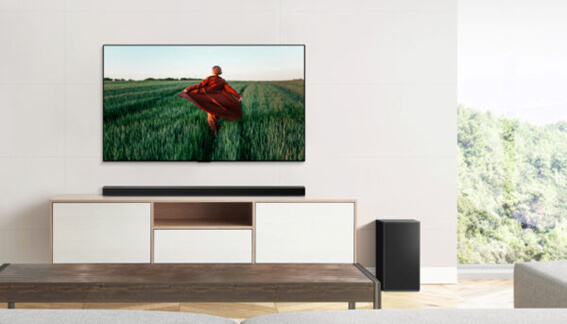
Install on solid walls of brick, mortar or concrete blocks
Anchors are required when installing TVs on solid walls. Screws cannot be fixed on solid bricks as on wood. Therefore, anchors are required. Insert the anchor into the hole, and when the screw is tightened into the anchor, it will expand and hold the hole tightly. Different types of anchors are required to install different objects. For TVs, use sleeve anchors.
